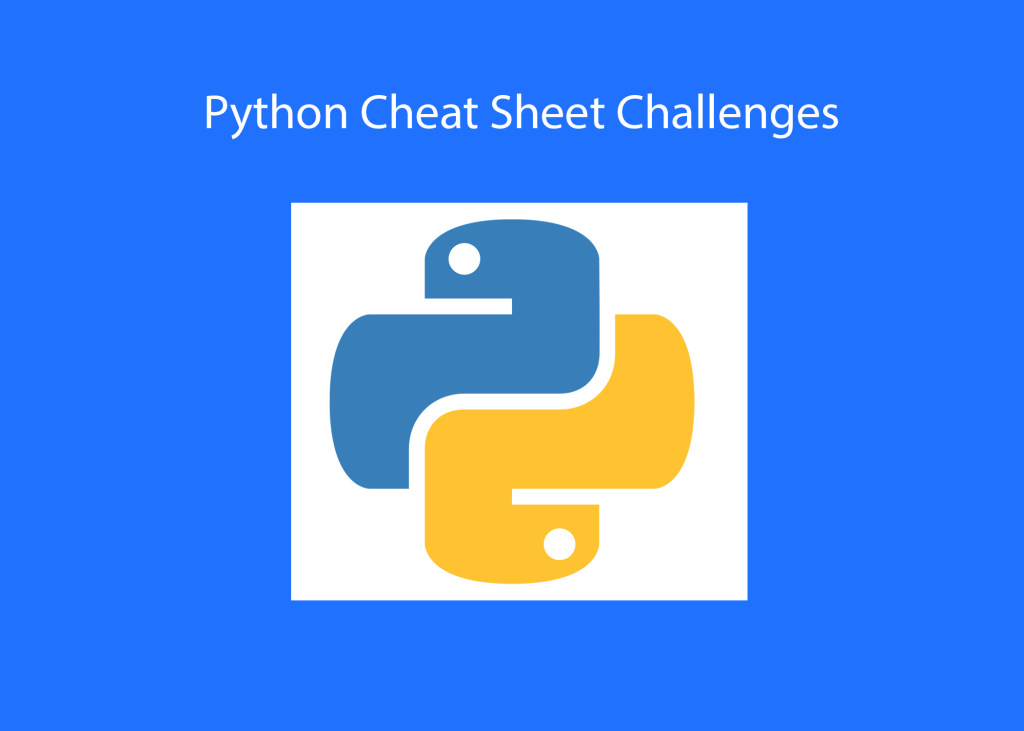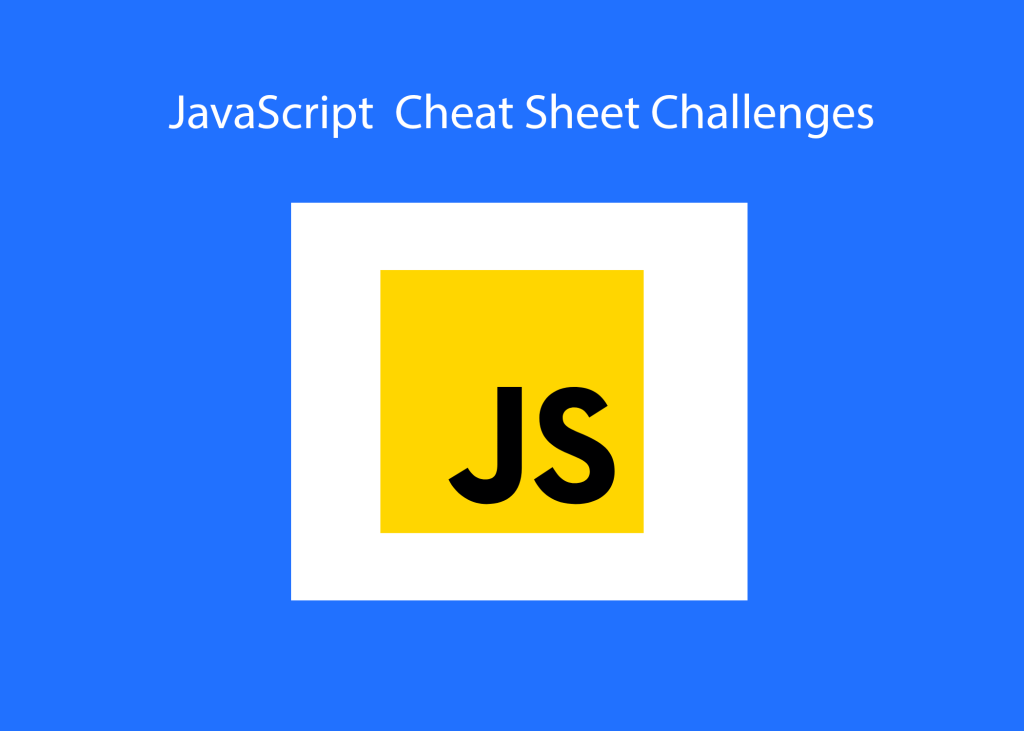Are you looking to learn Python from scratch but not sure where to begin? Python is one of the most popular and versatile programming languages today, known for its simplicity and readability. Whether you aim to become a software developer, or data scientist, or simply want to automate everyday tasks, Python is the perfect language to start with. This beginner’s roadmap will guide you through the essential steps to master Python, from the basics to more advanced concepts.
Step 1: Understand What Python Is
Before diving into coding, it’s important to understand what Python is and why it’s so widely used. Python is a high-level, general-purpose programming language created by Guido van Rossum in 1991. It emphasizes readability and simplicity, making it easy for beginners to learn. Python is widely used in fields such as:
- Web Development (Django, Flask)
- Data Science (Pandas, NumPy, Matplotlib)
- Machine Learning (TensorFlow, Scikit-learn)
- Automation (Scripting, task automation)
Knowing the various applications of Python will give you a sense of direction as you start learning.
Step 2: Set Up Your Python Environment
To start coding in Python, you need to set up your development environment. Here’s what you’ll need:
- Install Python: Visit the official Python website python.org and download the latest version of Python.
- Install an IDE or Text Editor: Choose a code editor like VS Code, PyCharm, or Sublime Text to write and run your code efficiently. Python also comes with its own basic editor called IDLE, which you can use to practice at the start.
- Familiarize with the Command Line: You’ll often use the command line or terminal to run Python scripts, especially for more advanced projects.
Step 3: Master Python Syntax and Basics
Once your environment is set, it’s time to start coding! Here are the key Python basics that you should focus on:
- Variables and Data Types: Learn how to store information using variables and understand data types like integers, floats, strings, and booleans. Example:
name = "Alice"
age = 25
is_student = True- Basic Input/Output: Learn how to take input from users and display output. Example:
name = input("What is your name? ")
print("Hello, " + name)- Control Flow (If-Else Statements): Make decisions in your code using if-else statements. Example:
age = 18
if age >= 18:
print("You're an adult.")
else:
print("You're a minor.")- Loops: Practice iterating over data using
forloops andwhileloops. Example:
for i in range(5):
print(i)Step 4: Learn Key Data Structures
Data structures are essential in Python to store and organize data efficiently. Start by understanding the following:
- Lists: Ordered collections that can store multiple items. Example:
fruits = ["apple", "banana", "cherry"]
print(fruits[0]) # Output: apple- Dictionaries: Key-value pairs that allow for fast lookups. Example:
student = {"name": "Alice", "age": 25}
print(student["name"]) # Output: Alice- Tuples: Similar to lists but immutable (cannot be changed). Example:
coordinates = (10, 20)- Sets: Unordered collections of unique items. Example:
unique_numbers = {1, 2, 3, 3}
print(unique_numbers) # Output: {1, 2, 3}Step 5: Write Functions to Reuse Code
Functions allow you to organize your code into reusable pieces. Learn how to define and call functions to make your programs more efficient.
Example:
def greet(name):
return f"Hello, {name}!"
print(greet("Alice"))Practice writing functions to break down larger problems into manageable pieces. You’ll use functions everywhere in Python, so get comfortable with them early on.
Step 6: Work on Projects
Now that you’ve grasped the basics, it’s time to put your knowledge to the test. Choose simple projects like:
- A calculator app: Build a basic calculator that can perform addition, subtraction, multiplication, and division.
- A to-do list app: Create a command-line to-do list that allows users to add and mark tasks as complete.
- A number guessing game: Develop a game where the computer selects a random number, and the user has to guess it.
Building projects will not only help you understand Python better, but it will also give you hands-on experience in solving real-world problems.
Step 7: Explore Python Libraries
Once you’re comfortable with Python basics, it’s time to explore its extensive libraries. Libraries are collections of pre-written code that allow you to perform complex tasks with minimal effort.
- NumPy: For numerical computations
- Pandas: For data manipulation and analysis
- Matplotlib: For data visualization
- Requests: For making HTTP requests
- Flask/Django: For web development
Start by exploring the Python Standard Library, which contains useful modules for everyday tasks, and then branch out into specialized libraries based on your interests.
Step 8: Practice Regularly and Join the Python Community
To become proficient in Python, practice is key. Solve coding challenges on platforms like LeetCode, HackerRank, and Codewars. Regular practice will not only solidify your understanding but will also improve your problem-solving skills.
Also, don’t hesitate to join the Python community! Engage in forums like Stack Overflow, participate in GitHub projects, or attend local Python meetups and conferences to interact with fellow programmers.
Conclusion
Learning Python from scratch is an exciting journey that opens doors to various career paths. By following this roadmap and focusing on mastering the basics, practicing regularly, and exploring Python libraries, you’ll be well on your way to becoming proficient in Python.
Remember, the key to success is consistency. Keep building projects, experimenting with new ideas, and learning from challenges. Soon enough, you’ll find yourself tackling more complex Python projects with ease!
For more resources and beginner-friendly Python guides, visit StartCodingHub Python Resources. Happy coding!




